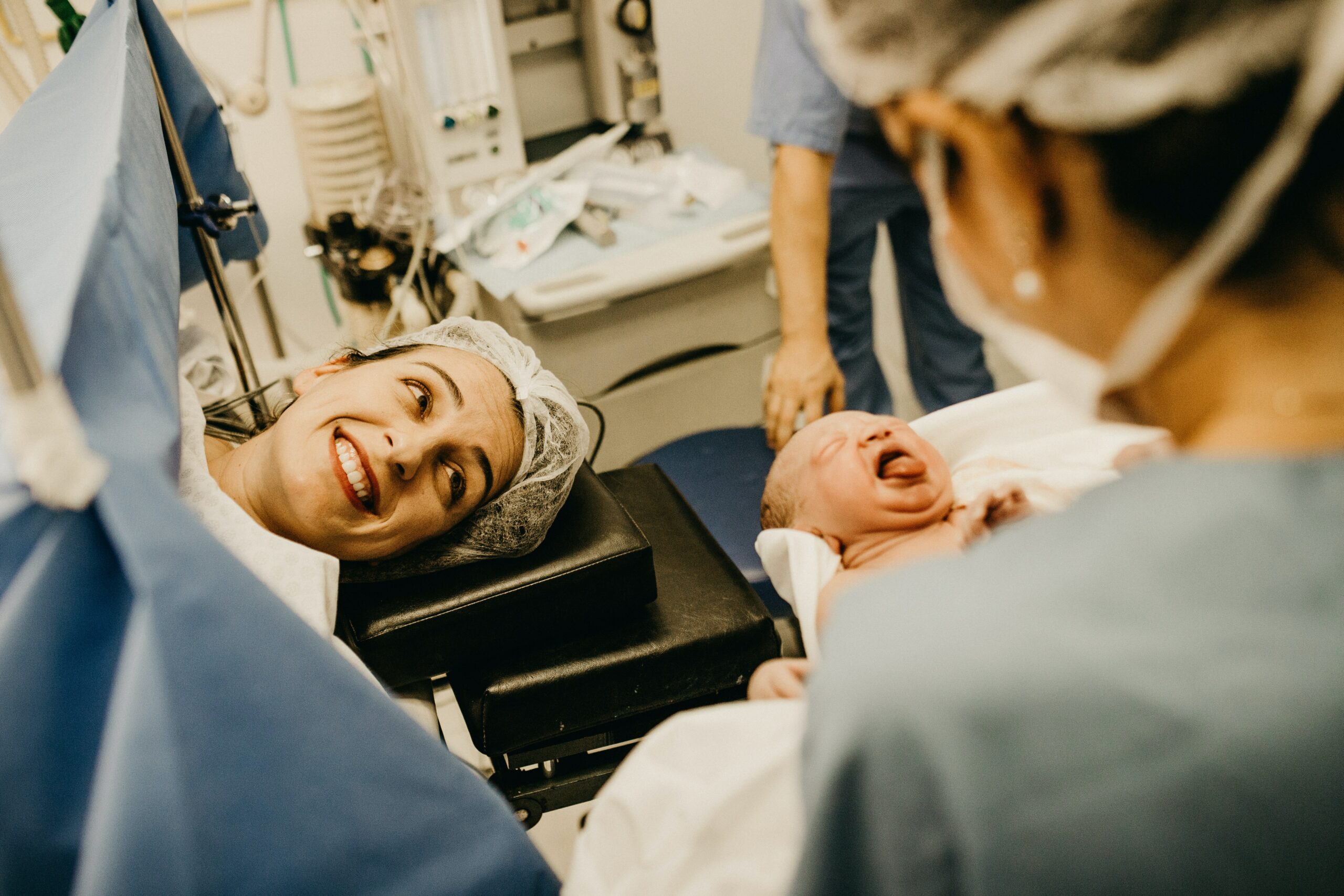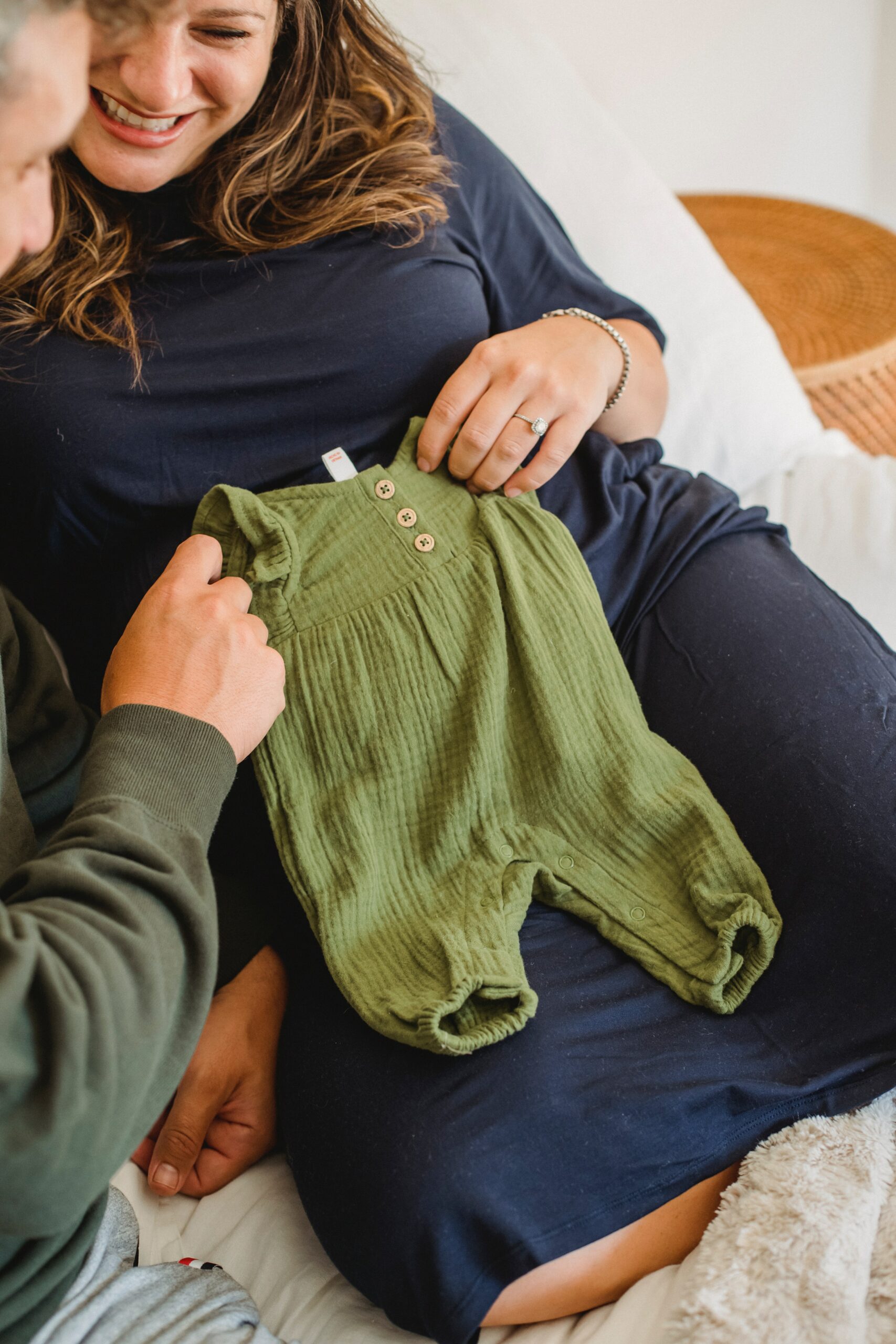No matter who you are, what you do for a living, or what kind of lifestyle you lead, one thing is for certain across the board for women everywhere: giving birth brings along a lengthy list of changes. Vaginal bleeding, sore nipples, hemorrhoids, constipation, hormonal changes — even talking about taboo subjects like post-partum depression is becoming more commonplace. But, what happens when you have a more awkward issue, such as fecal incontinence? You may feel embarrassed to talk about it — or maybe you’re just not the type of person who wants to discuss that type of information with friends. So, what do you do? How normal is it? When can you expect it to go away?
Fecal Incontinence After Childbirth
Fecal incontinence after childbirth is more common than you may think. It’s due to an anal sphincter injury, and it affects about 10% of women who give birth vaginally. It’s especially more likely to happen to mothers who are giving birth for the first time. As a result, you have trouble holding in gas and bowel movements.
The problem becomes exacerbated because the likelihood of having accidents in public causes many women to choose to stay home as often as possible. This can make them feel isolated or depressed — which is even worse for women who are already experiencing postnatal depression. To add insult to injury, it also causes women to experience pain while having sexual intercourse.
How long does fecal incontinence after childbirth last?
While it’s common for some women to experience fecal incontinence for three to six months after childbirth, it’s also possible to suffer from the condition up to two years after giving birth. This makes it crucial to seek medical help as soon as possible, since the longer it lasts, the higher the probability of having it affect your emotional health — as well as your ability to bond with your baby and resume a normal life after childbirth.
Treatment for Fecal Incontinence After Childbirth
There are several things you can do at home while you recover from a sphincter injury. These include:
1. Modifying your diet. What you eat affects the consistency of your bowel movements. Dairy and foods that are high in fiber — such as beans, legumes, whole grains, apples, and bananas — may make you feel an urge to use the bathroom more often. Try to avoid them, if possible. Also, skip consuming spicy foods and caffeine to reduce discomfort and frequency of bowel movements.
2. Pelvic floor muscle exercises. Strengthening your pelvic floor muscles will help you have better control of your anal sphincter. These are the muscles you use to stop the flow of urine. To strengthen them, contract and release the muscles 10 to 15 times in a row. Rest for a few seconds, then start again and do several sets in a row. Do it daily, but never do it midstream while urinating, since it could harm your bladder.
3. Medications. Your doctor may prescribe anti-diarrheal medication as well as topical creams for your perineum and sphincter to help avoid accidents as well as to alleviate symptoms from frequent trips to the bathroom.
4. Bowel training. On days when you can stay home — and someone is helping you take care of the baby — try to train yourself to go to the bathroom at the same time. For example, every morning and every evening. Attempt to hold in the urge if you need to go in-between times. Only try to wait for short periods at a time, slightly increasing the time you can wait if at all possible.
5. Surgery. On rare occasions, a sphincter repair surgery may be necessary. This is done to restore muscle tone to the anus. Another option is to perform a sphincteroplasty — which consists of bringing the edges of the sphincter back together and sewing them so that they overlap. This tightens and strengthens the muscle.
Contact Us at OB-GYN Women’s Center
At OB-GYN, we aim to establish trusting relationships with our patients. If you have any questions about your health, don’t be afraid to ask. We are here to help you.
Contact us to schedule an appointment. We’ll answer all of your questions and strive to procure the best treatment for you.




